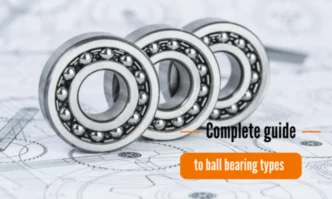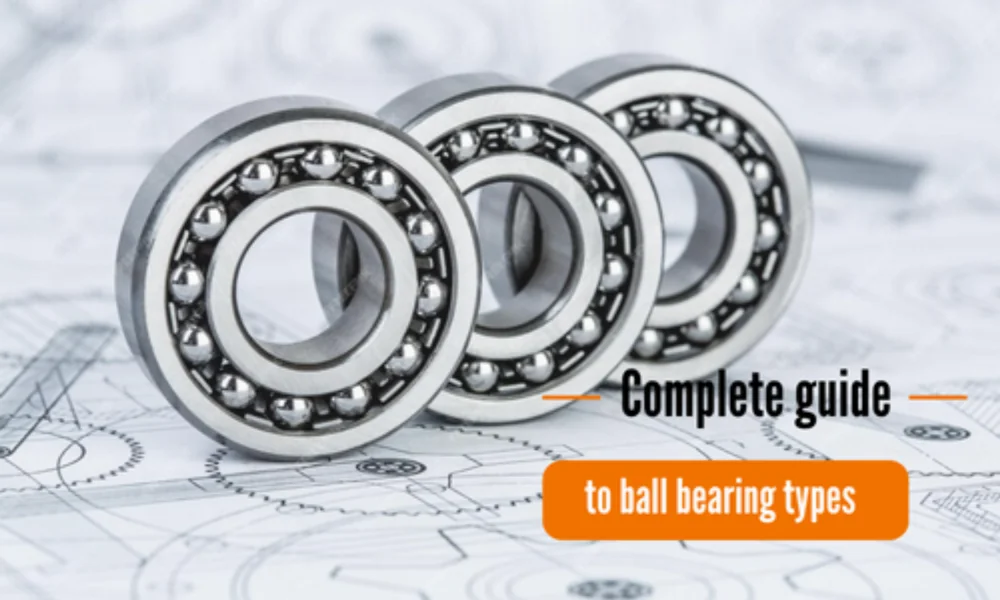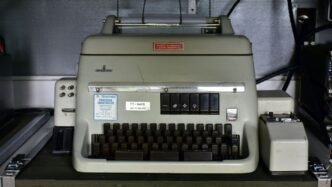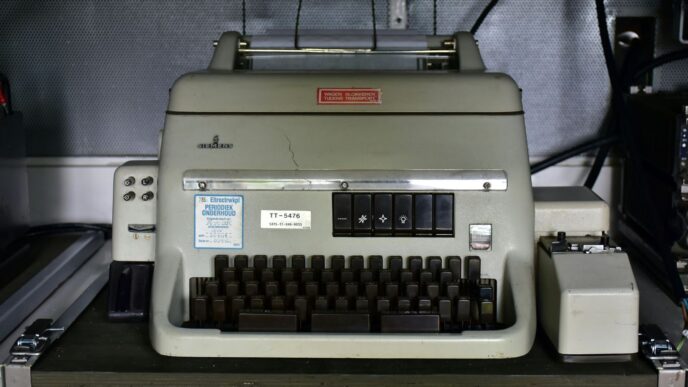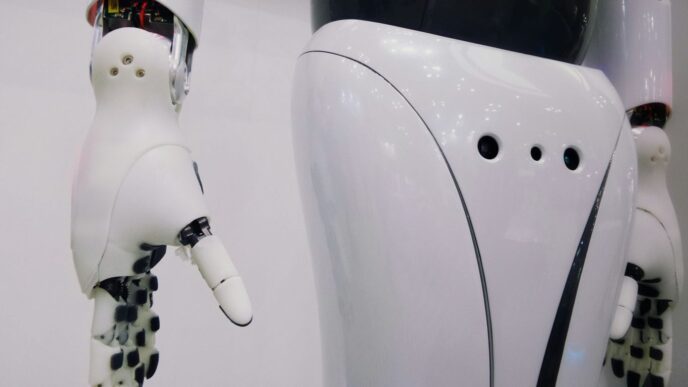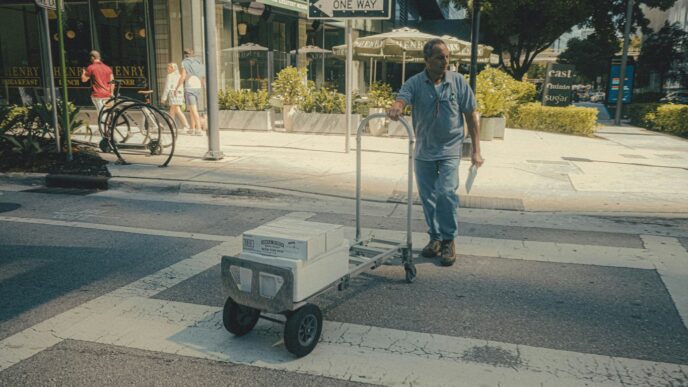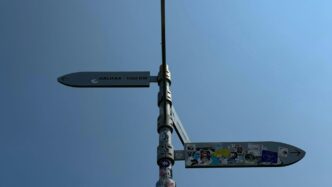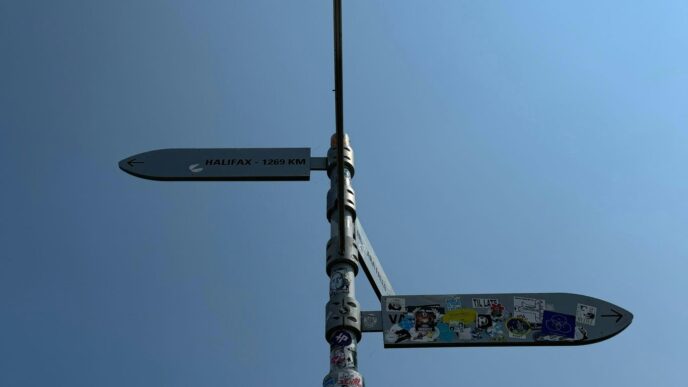Welcome to the world of bearings! Bearings are important parts that help machines work better and last longer. Whether you’re an expert or just fixing things at home, learning about what type of bearing is best used to sustain radial and thrust loads? It can help you make machines run smoothly.
Choosing the right one to handle sideways (radial) and push-pull (thrust) forces is important. This guide will explain how bearings work and help you pick the best one for your needs, with simple tips about how much load they can carry and what materials they are made from.
Overview of Bearing Types
Bearings are crucial mechanical components that minimize friction and support loads between moving parts in machinery and equipment. Their design and materials impact their load-carrying capacity and suitability for different applications.
1. Deep Groove Ball Bearings (DGBB)
Deep groove ball bearings are highly versatile and widely used, especially in high-speed applications like motors and fans.
- Load Handling:
- Radial loads: Excellent performance.
- Axial loads: Can handle light axial loads but not as effectively as specialized bearings.
- Common Uses:
- Electric motors, household appliances, and general machinery.
- Materials & Durability:
- Made from carbon-chromium steel.
- Treated with carbonitriding for increased surface hardness and wear resistance.
DGBBs are popular because they’re reliable, fast, and long-lasting, making them a go-to option in many everyday machines.
2. Angular Contact Ball Bearings (ACBB)
Angular Contact Ball Bearings are built to handle combined radial and axial loads, especially excelling in axial load support.
- Load Handling:
- Excellent for high axial loads, especially in one direction.
- When paired, they support axial loads in both directions.
- Common Uses:
- Machine tool spindles
- Pumps
- Gearboxes
- Materials & Variants:
- Made from precision steel for strength and durability
- Some use ceramic balls for high-speed, high-temperature, and wear-resistant performance.
Perfect for precision machines that need to run fast, stay accurate, and handle multi-directional forces.
3. Cylindrical Roller Bearings
Cylindrical Roller Bearings use roller-shaped elements to spread loads over a larger area, boosting load capacity.
- Load Handling:
- Excellent for heavy radial loads (sideways forces).
- Not suited for axial loads unless specially designed.
- Common Uses:
- Gearboxes, electric motors, industrial machinery.
- Steel mills, turbines, and conveyors.
- Materials & Durability:
- Made from strong steel alloys to withstand stress, wear, and heat.
- Built for tough conditions and high-speed use.
Strong and durable, great for machines that need to handle heavy sideways (radial) forces, especially in tough industrial settings like factories and power plants.
4. Needle Roller Bearings
Needle roller bearings use long, thin rollers to handle high loads in a compact space.
- Load Handling:
- Excellent at managing high radial loads (sideways forces).
- Slim rollers distribute the load over a larger area despite their small size.
- Common Uses:
- Automotive gearboxes
- Two-stroke engines
- Compact machinery parts
- Materials & Durability:
- Made from hardened steel for strength and wear resistance.
Strong, space-saving bearings are perfect for heavy side loads in tight spaces like car gearboxes and small engines.
5. Thrust Bearings
Thrust bearings are designed to handle axial loads (forces along the shaft), not sideways (radial) forces.
- Best For: Machines that push, pull, or rotate under heavy pressure along the shaft.
- Common Uses: Automotive clutches, turntables, cranes, and other heavy-lifting equipment.
- Materials: Made from hardened steel; some use ceramics for high-speed or heat resistance.
Ideal for handling strong pushing or pulling forces in one direction.
Bearing selection depends on the application’s load, speed, environment, and cost factors. Careful selection is crucial for optimal performance and longevity.
Bearings for Combined Radial and Thrust Loads
Many applications demand bearings capable of withstanding both significant radial (perpendicular to the shaft) and axial (parallel to the shaft) loads simultaneously. Several bearing types excel in this area:
1. Angular Contact Ball Bearings
These bearings are specifically designed to handle substantial radial and axial loads concurrently. Their angled raceways allow efficient load distribution. For applications requiring support of axial loads in both directions (bidirectional), angular contact ball bearings are typically used in pairs—either back-to-back or face-to-face—to provide balanced axial load capacity. They are ideal for high-speed applications such as pumps, compressors, machine tool spindles, and other precision machinery where smooth operation and high rotational accuracy are important.
2. Tapered Roller Bearings
Tapered roller bearings are exceptionally well-suited for applications with heavy combined radial and thrust loads. Their tapered rollers and raceways distribute loads effectively, resulting in high load-carrying capacity and durability. This makes them a preferred choice for demanding applications such as automotive wheel hubs, gearboxes, and various types of industrial machinery where high load capacity and long operational life are essential.
3. Spherical Roller Bearings
These bearings offer a unique combination of high load capacity and tolerance for misalignment. The spherical outer race allows the bearing to accommodate some misalignment between the shaft and housing, making them suitable for applications where perfect alignment is challenging to maintain. Their high load capacity makes them ideal for demanding applications such as mining equipment, wind turbines, and other heavy-duty machinery operating under significant loads and potential misalignment. The self-aligning capability reduces stress on the shaft and housing, contributing to a longer bearing life.
The choice among these bearing types depends on the application’s load magnitudes, speed requirements, and tolerance for misalignment. Always consult the manufacturer’s specifications to ensure the selected bearing meets the application’s demands.
Selection Criteria for Bearings
- Load Type and Size:
Bearings must match the loads they carry:
- Radial loads push sideways on the shaft.
- Thrust (axial) loads push or pull along the shaft.
- Combined loads involve both types at once.
Choosing a bearing depends on understanding these forces and their size.
- Speed and Environment:
Operating speed and surroundings affect the choice:
- High speeds need low-friction, high-speed bearings.
- Temperature extremes require special materials or lubricants.
- Dust, moisture, or chemicals call for sealed or corrosion-resistant bearings.
- Space and Mounting:
Physical size limits and mounting style are important:
- Bearings must fit the available space (diameter and width).
- Mounting methods should match the machine design and allow easy installation and alignment.
- Maintenance and Lubrication:
Proper care extends bearing life:
- Lubrication type and frequency depend on speed, load, and environment.
- Sealed bearings need less frequent lubrication.
- Regular inspection for wear and damage is key.
Conclusion: Best Bearing Type for Handling Radial and Thrust Loads
The best bearings for handling both sideways (radial) and push-pull (thrust) forces are angular contact ball bearings, tapered roller bearings, and spherical roller bearings. Angular contact ball bearings suit high-speed, precise machines and work well in pairs for axial loads in both directions.
Tapered roller bearings are strong and durable, ideal for heavy-duty uses like car wheels and gearboxes. Spherical roller bearings handle heavy radial loads and shaft misalignment, fitting tough industrial settings.
Choosing the right bearing depends on your machine’s load, speed, alignment, and environment. Matching these to the bearing’s features ensures smooth operation and longer life. Always check the manufacturer’s specs to confirm the best fit.
